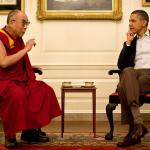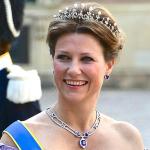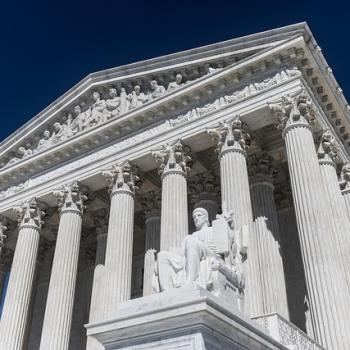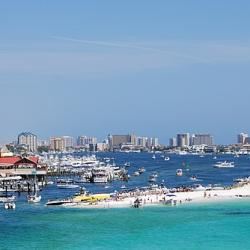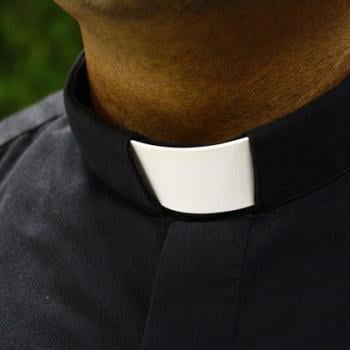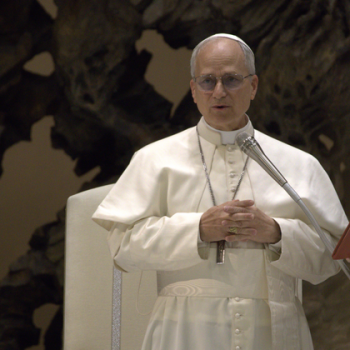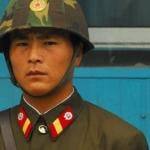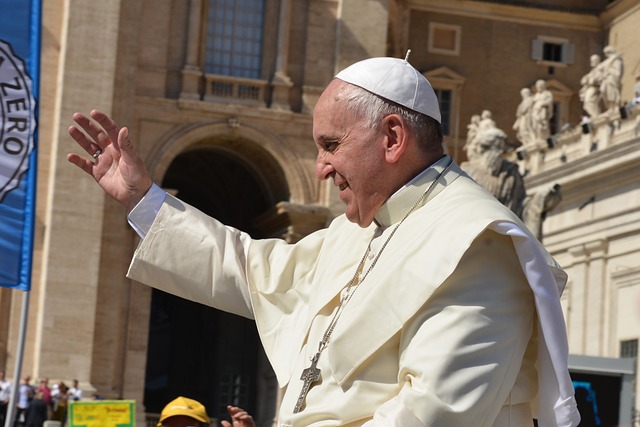
Travel Details
The pope’s visit to four island nations across southeast Asia will take place from September 2nd through 11th. This travel is big news for three reasons. First, it will be the longest trip Pope Francis has taken, encompassing seven flights with 44 flight hours total covering over 20,000 miles. The pontiff is a traveler, having embarked on 45 foreign trips since his election in March 2013. But his age on this trip, 87, provides the second reason his ambitious itinerary is big news. No pope has toured abroad at such an advanced age. Will the pope, who regularly uses a wheelchair due to back and leg pain be able to withstand the some forty events scheduled for him, including giving sixteen speeches and holding several giant masses?
The stops on Pope Francis’ trip also make his travel big news. These include Indonesia, Papua New Guinea, Timor-Leste, and Singapore, four very different countries. Indonesia is the largest Muslim-majority country in the world with only 3% of its population being Catholic. The pope’s second stop in Papua New Guinea will be the first time he has set foot in Oceania, a region in the Pacific Ocean. Timor-Leste, the third country of his trip, is the only Catholic-majority country in Southeast Asia. Singapore, whose residents are mostly Buddhist, is the final stop before Pope Francis returns to Rome.
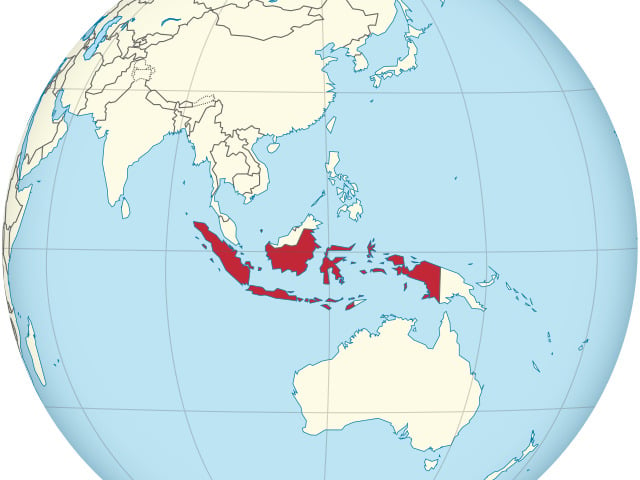
Focus In Indonesia
Pope Francis kicks off his tour by landing in Jakarta, the capital of Indonesia, midday on September 2nd. That country is a massive archipelago of 17,500 islands, less than 1,000 of which are inhabited. On the pope’s agenda in Indonesia is a renewed effort at dialogue between Catholic and Muslims which has long been a priority for him.
Religious tension in Indonesia have led to numerous terrorist attacks targeting the Christian minority. Because of this history, security for Pope Francis’ visit is expected to be high.
Focus For Papua New Guinea
From Indonesia, the pontiff flies to Papua New Guinea on September 6th for a three-night visit. This country is the most linguistically diverse one in the world with over 800 languages having been identified.
Arriving in the country’s capital of Port Moresby, Pope Francis will interact with the population which is over 98% Christian. Catholicism is the predominant Christian affiliation in the country, and the church plays a vital role in the provision of education, health care, and social services.
The pope’s emphasis in Papua New Guinea is expected to be on protecting the environment. Deforestation has become an issue in this Pacific nation located on the Pacific Ring of Fire and subject to frequent earthquakes and landslides.
The Catholic Faithful In Timor-Leste
On September 9th, the papal tour moves on to the small country of Timor-Leste, also known as East Timor. Of the nation’s 1.3 million population, over 97% are Catholic. This percentage makes Timor-Leste the country with the highest percentage of Catholics.
Clerical child sex abuse is expected to be addressed by the pope as the church there has experienced that problem. Back in 2020, Timor-Leste’s Bishop Carlos Belo, a Nobel Peace Prize winner, was sanctioned by the Vatican after he was accused of sexually abusing boys in that country over the course of twenty years.
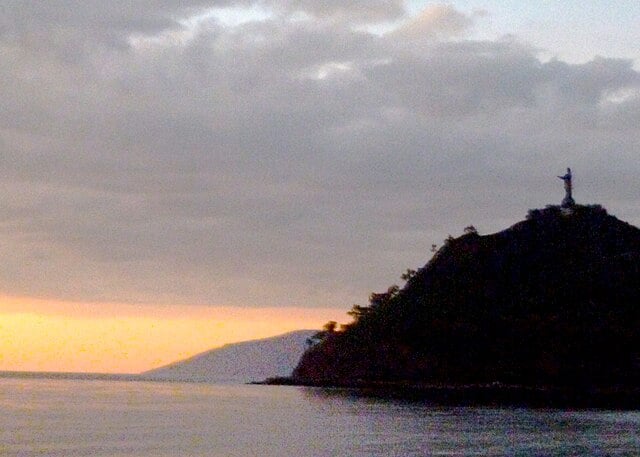
On To The Concrete Jungle
Pope Francis’ tour will conclude with a 48-hour stop in Singapore. The towering buildings of this southeastern financial power rise in sharp contrast to the jungles and beaches of previous tour stops. Singapore has the highest gross domestic product per capita in Asia as well as the second-highest population density in the world. Given this context, the pontiff is likely to focus on the challenges of economic and technological development.
Singapore is religiously diverse. Despite most citizens being Buddhist, 20% of citizens claim to be non-religious, and almost 19% identify as Christian. The country’s recently elected prime minister is the first Christian to hold such office.
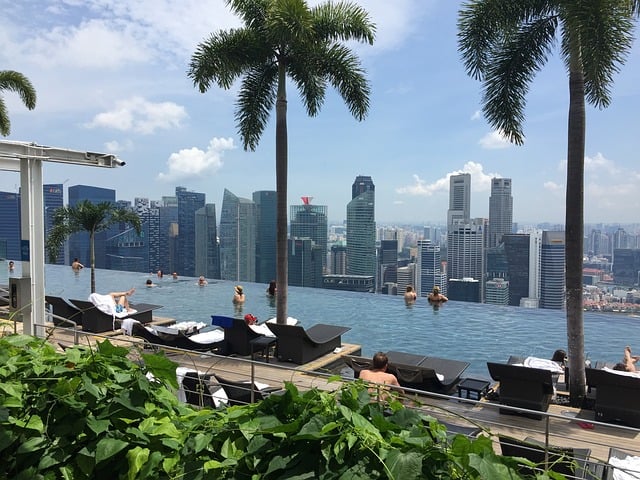
Weighing heavily on the minds of many is whether the pope has the stamina for this ambitious trip. At age 87, he struggles with various health issues such as back and leg pain, respiratory issues, and a 2023 hernia surgery, as well as regularly using a wheelchair. He also travels accompanied by a doctor and nurse. Can his body hold up for a slew of meetings with political officials, speeches, and outdoor masses?
A second big question is what the impact of his trip will be. Can the leader of the 1.4 billion member Catholic church strengthen unity and cohesion within it by his travels? Will his appearance in these four countries help to expand faith in Asia which is seen by church officials as a fertile ground for expansion? Will his attempts at dialogue with the Muslim community lead to friendly interactions or more religious dissension? Can a different focus in each country visited produce progress in all? Only time will provide these answers as the pope flies off to begin his Southeast Asia trip.



